
 User Concern
User Concern“Some keys on my keyboard are not working, like the letters q and p and the number button. When I press delete, sometimes the letter m will appear. I tried some quick fixes I found online, like reinstalling the keyboards or changing the settings, but nothing worked so far. Please help!”
Is your iPhone keyboard not working correctly after updating to iOS 26, screen replacement, or while charging? If you're facing similar issues, this article is here to help.
Common problems with the iPhone keyboard including typing the wrong letters, the keyboard is frozen or unresponsive, predictions not working, severe lag, etc. In this article, we'll explore the main keyboard issues and the potential solutions you can try.
Before we jump into fixes, it’s good to quickly go over some of the most common keyboard problems on iPhone.
These issues may stem from software bugs, problematic apps, full storage, or recent iOS updates. Fortunately, they’re often easy to fix using simple solutions.
The fixes listed below can be used to settle conventional Keyboard problems on iPhone.
Sometimes your iPhone just needs a fresh reboot to get the keyboard working again. A force restart is different from a regular restart — it shuts things down on a deeper level.
Here’s how to do it:
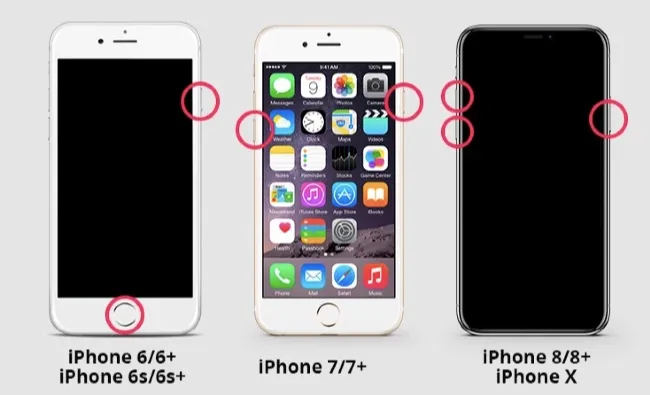
You should ask yourself a question: Does the iPhone keyboard problem only occur in one app or all apps?
If the keyboard won’t work in all apps, it seems that this issue is not caused by one specific app. Let’s try to close all apps to stop the iPhone keyboard issue.
To close your iPhone app, swipe up from the bottom to the center of the screen to open all the apps running in the background. Then, swipe the apps to the top of the screen to force close all apps.
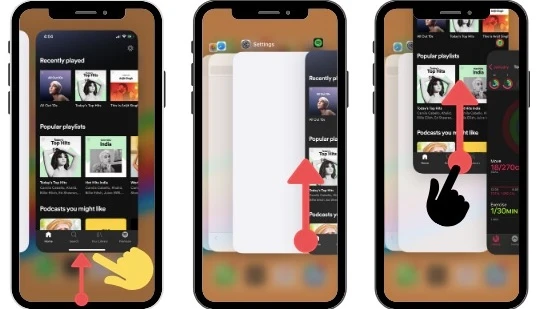
The reachability feature could also cause an issue with your iPhone keyboard since it will move down the whole screen, including the keyboard, when this feature is turned on.
Go to Settings > General > Accessibility to disable the Reachability feature.
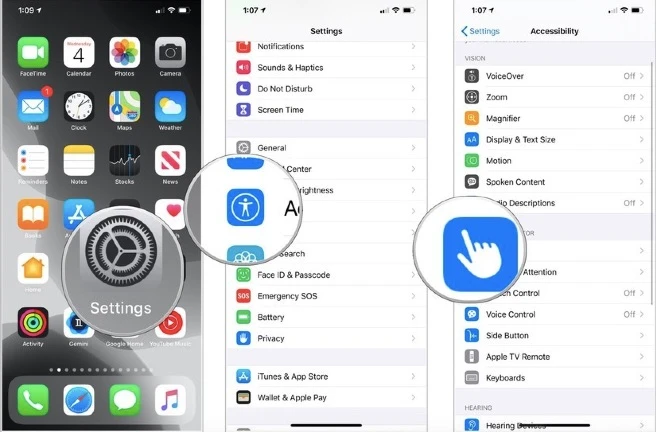
If you have a problem typing GIFs when using the keyboard, you may need to turn off the Reduce Mode to check whether the keyboard issue can be fixed or not.
To disable Reduce Mode, you should open Settings and go to General > Accessibility > Reduce Motion to turn off this feature.
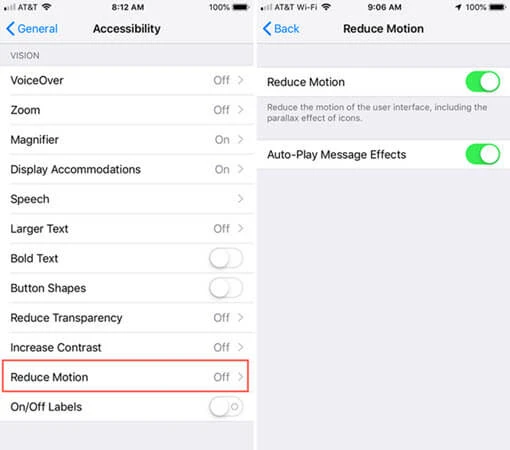
Your iPhone keeps track of the words you type over time, which helps with autocorrect and suggestions. But if that dictionary gets messed up, it can cause weird typing issues. Resetting it can clear out any bugs.
Here’s how:
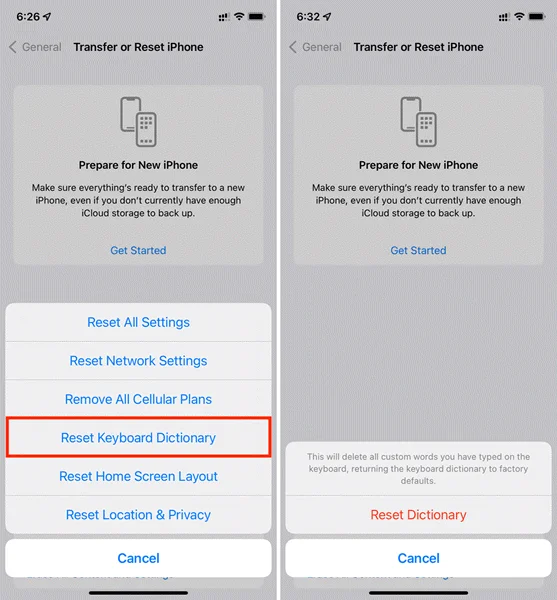
This won’t delete any of your other data — just the custom words and shortcuts your phone has learned.
If the keyboard issue is caused by a certain problematic app on your iPhone, you should uninstall this app from the device and reinstall it later from the official App Store. This will refresh and update the app’s performance and have the keyboard issue fixed later.
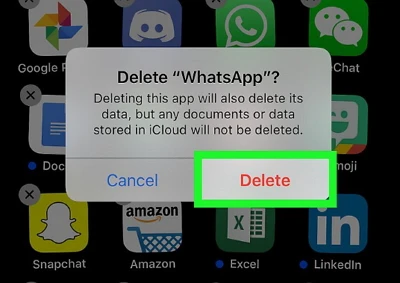
Something goes wrong with your iPhone system will also cause the keyboard problem. Restoring iPhone with iTunes or iCloud is never a bad idea to resolve the "iPhone keyboard not working" issue.
Restore from iTunes Backup:
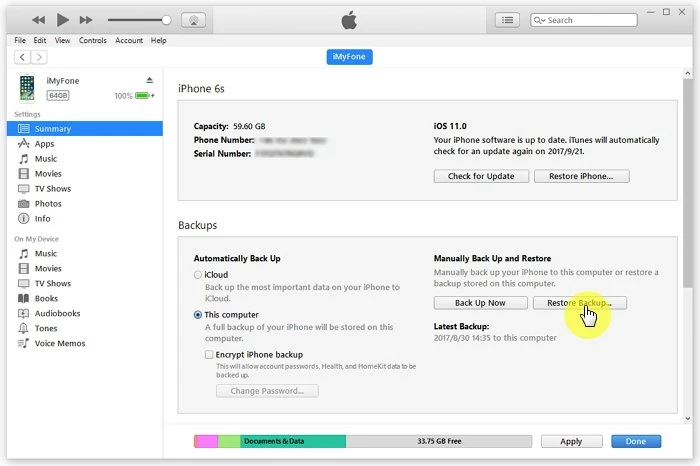
Restore from iCloud Backup:
To restore your keyboard from iCloud backup, you will need to reset your device through Settings.
Step 1: Go to Settings > General on your iPhone, scroll down to select Transfer or Reset iPhone, and click on Erase All Content and Settings to erase your iPhone data.
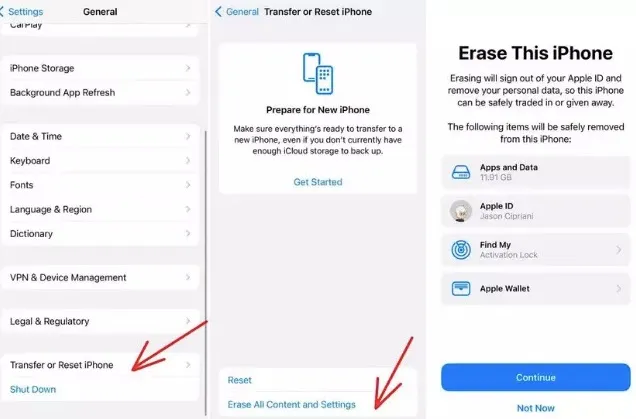
Step 2: The iPhone will restart, follow the setups on the screen step by step until you view the option of Restore from iCloud Backup. Select an iCloud backup you made recently to restore your iPhone.
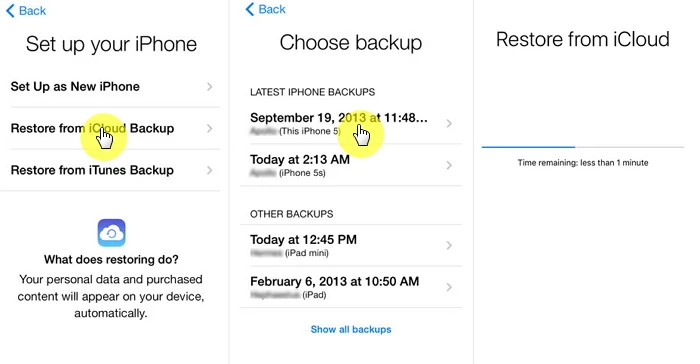
If you worry that restore iPhone from iTunes or iCloud backup may lead to data loss, using a 3-rd party tool is applicable to you. FoneGeek iOS System Recovery is what you need. It is powerful to fix numerous problems related to iOS systems without data loss, like iPhone keyboard not working, iPhone keeps looping on start, iPhone won't turn on, iPhone black screen, iPhone ghost touch, etc.
Step 1: Download, install, and run the iPhone System Recovery on your Mac or PC. Choose "Standard Mode" to continue.
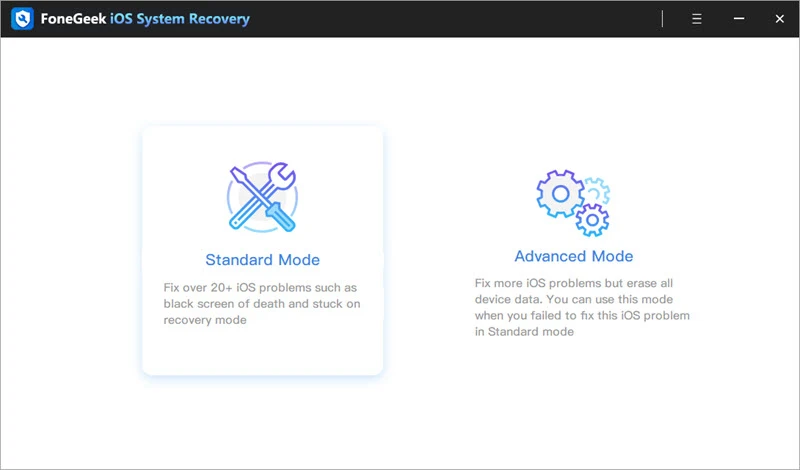
Step 2: Connect your iPhone to the computer using a USB cable and wait for the program to detect the device automatically.
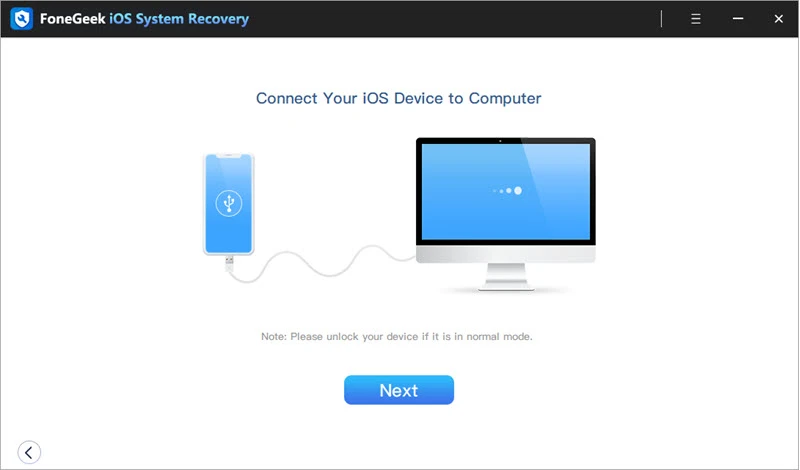
Step 3: Click on "Download" when you confirm the device model and firmware version.
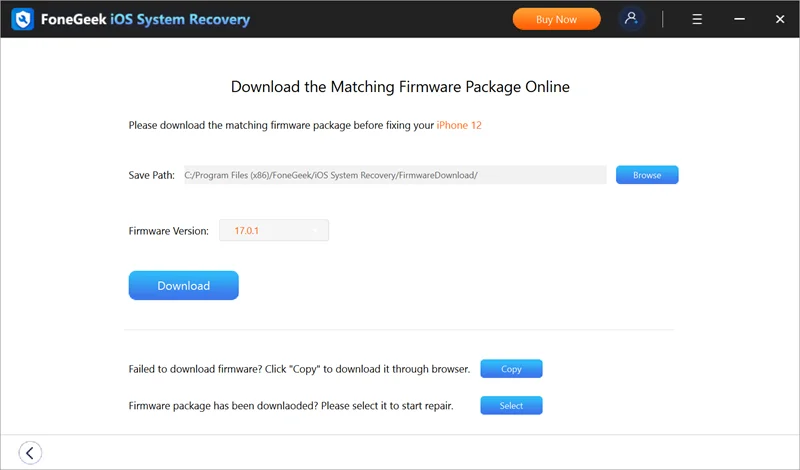
Step 4: Click on "Fix Now" to fix the iPhone keyboard not working issue without data loss.
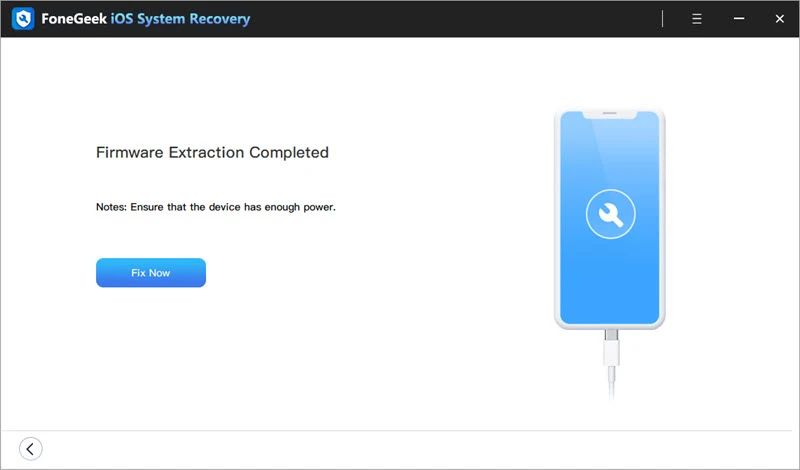
If the default iPhone keyboard still doesn’t meet your needs, you might consider switching to a third-party keyboard app. These alternatives often offer better customization, predictive typing, and support for multiple languages or themes.
Here are some top-rated keyboard apps you can try:
Yes. If the touch sensitivity is affected by the screen replacement, it may impact keyboard performance. Visit a certified technician if the issue persists.
Absolutely. Resetting the dictionary only removes custom words and shortcuts you've added. It does not affect other phone data or settings.
It’s likely the issue is with the app, not the keyboard itself. Try updating the app, force quitting it, or reinstalling it.
It really bothers a lot when the iPhone keyboard not working. Try the tips mentioned above to sort out the issue. We hope that one of these solutions will be helpful to you. Always remember to back up your iPhone data when you choose to restore your iOS system to avoid data loss.
Joan J. Mims is interested in researching all tips about iPhone, iPad and Android. He loves to share useful ideas with all users.
Your email address will not be published. Required fields are marked *

Copyright © 2025 FoneGeek Software Co., Ltd. All Rights Reserved